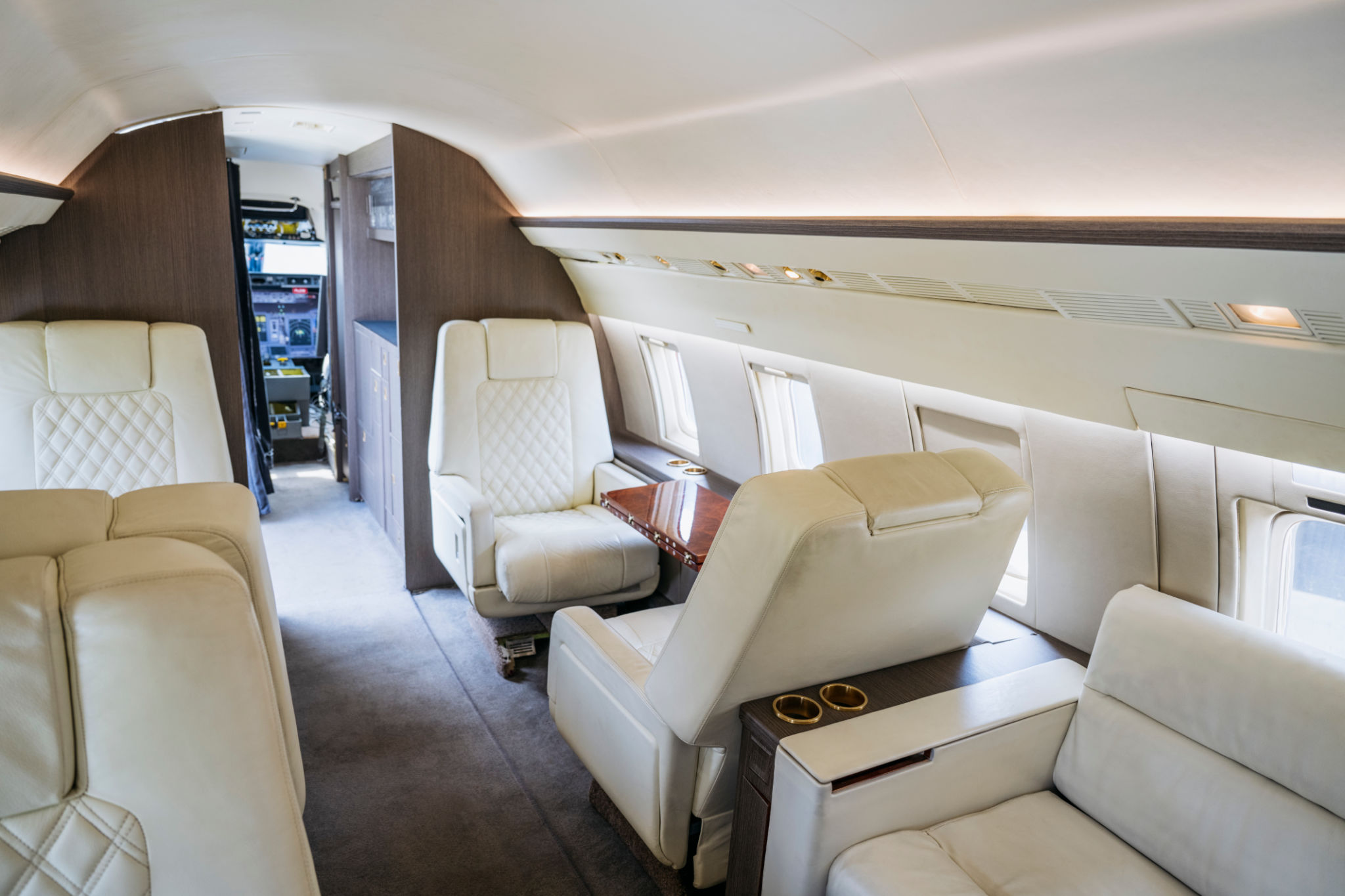Understanding Air Security: Key Considerations for Safe Aviation Operations
In today's interconnected world, aviation plays a critical role in global transportation and commerce. Ensuring the safety and security of air travel is paramount, and this involves a comprehensive understanding of air security measures. These measures are designed to protect passengers, crew, and aircraft from potential threats.
Air security encompasses a wide range of strategies and technologies aimed at safeguarding aviation operations. From airport security checks to in-flight procedures, each component plays a significant role in maintaining a secure environment. Understanding these key considerations is essential for anyone involved in the aviation industry, as well as for passengers who rely on these measures for their safety.

Securing Airports: The First Line of Defense
Airports are the first line of defense in aviation security. They employ a variety of measures to detect and deter potential threats. Screening procedures are perhaps the most visible aspect of airport security, involving the use of metal detectors, X-ray machines, and sometimes even full-body scanners to ensure that no prohibited items are brought onto aircraft.
Security personnel are trained to identify suspicious behavior and respond to potential threats. Their presence serves as a deterrent to criminal activity and reassures passengers of the security measures in place. Additionally, airports utilize advanced surveillance systems to monitor activity and quickly respond to any incidents.
Advanced Technologies in Airport Security
Technological advancements have greatly enhanced airport security capabilities. Biometric systems, such as facial recognition, are increasingly used to verify passenger identities more accurately. These systems help streamline the boarding process while maintaining high security standards.

Another critical technology is the use of explosive detection systems. These systems can identify trace amounts of explosives on passengers or in luggage, further reducing the risk of dangerous materials being brought onto aircraft. The integration of these technologies helps create a multi-layered approach to security that is both efficient and effective.
In-Flight Security: Protecting Passengers and Crew
Once an aircraft is in the air, additional security measures come into play. Flight crews are trained to handle a variety of security scenarios, from dealing with unruly passengers to responding to potential hijackings. Their training is crucial in maintaining order and ensuring safety during flights.

In addition to crew training, aircraft are equipped with secure cockpit doors and communication systems that allow for discreet reporting of any incidents to ground control. These measures help maintain control of the aircraft and facilitate rapid response in case of emergencies.
Collaborative Efforts in Air Security
Air security is a collaborative effort involving multiple stakeholders, including airlines, government agencies, and international organizations. These entities work together to develop and implement security protocols that address emerging threats and adapt to changes in the aviation landscape.
International cooperation is particularly important, as threats to aviation security are not confined by borders. Sharing intelligence and best practices helps strengthen global aviation security and ensures a unified response to potential threats.
The Future of Air Security
As technology continues to evolve, so too will the strategies used to ensure air security. The integration of artificial intelligence and machine learning holds promise for even more sophisticated threat detection and response systems. These advancements will likely play a key role in shaping the future of aviation security.
Ultimately, the goal of air security is to provide a safe and secure environment for all who rely on air travel. By understanding and implementing key security measures, the aviation industry can continue to protect passengers and maintain the trust that is essential for its ongoing success.
